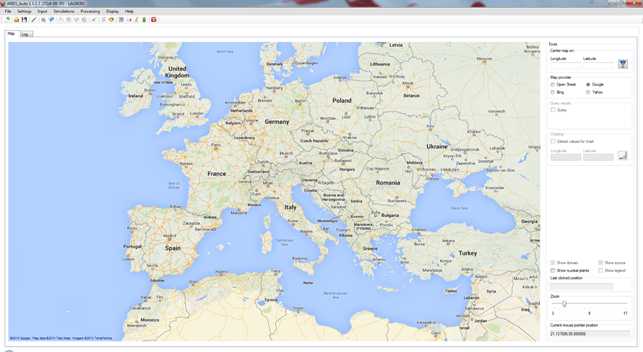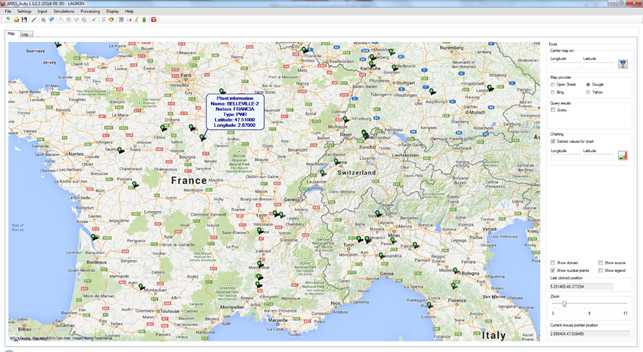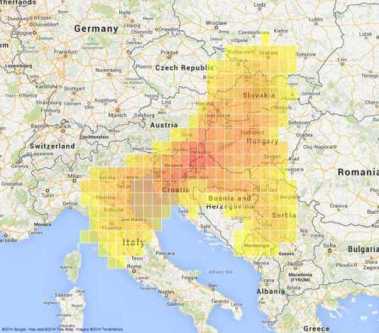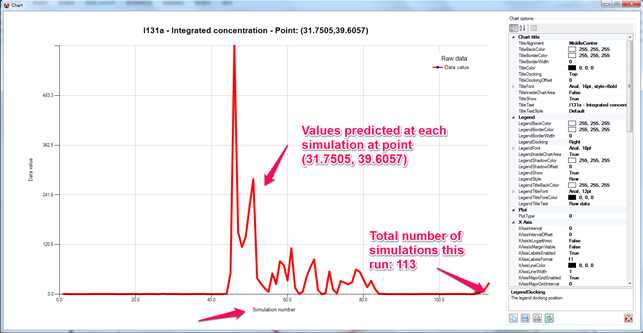ARIES_Auto
While ARIES is a system that can be used also in emergency situations, ARIES_Auto has been developed for the Institute for Environmental Protection and Research (Rome, Italy) as a tool to carry out “climatological” analysis of accidental releases that might happen in nuclear power plants (NPPs) relatively close to the Italian borders. The atmospheric dispersion models (ADMs) within ARIES are automatically launched for hypothetical releases with specific features (source configuration, release duration, simulation duration, etc.) defined by the operator.


A graphical user interface created in Visual Basic is used to define the input data and to view and analyze the results. Once defined the release location, the user selects the ADM (APOLLO2 or LAPMOD), and defines the time distance between each simulation and the total length of analysis. For example, the user may decide to launch the model with time distance of 1 hour and for a whole year; this will result in 8760 simulations.


At the end of the simulations a post processor extracts from the binary output file the minimum, average and maximum concentrations and depositions at each grid point, as well as other values useful for the analysis. The results can be exported as CSV (comma separated values) or GRD for Surfer, or directly visualized within the software. It is possible to select a point and view all the values predicted after a specific time from the release, as well as their cumulative distribution.
The results of ARIES_Auto are useful to get the impact of a possible accidental release from a European NPP in probabilistic terms.